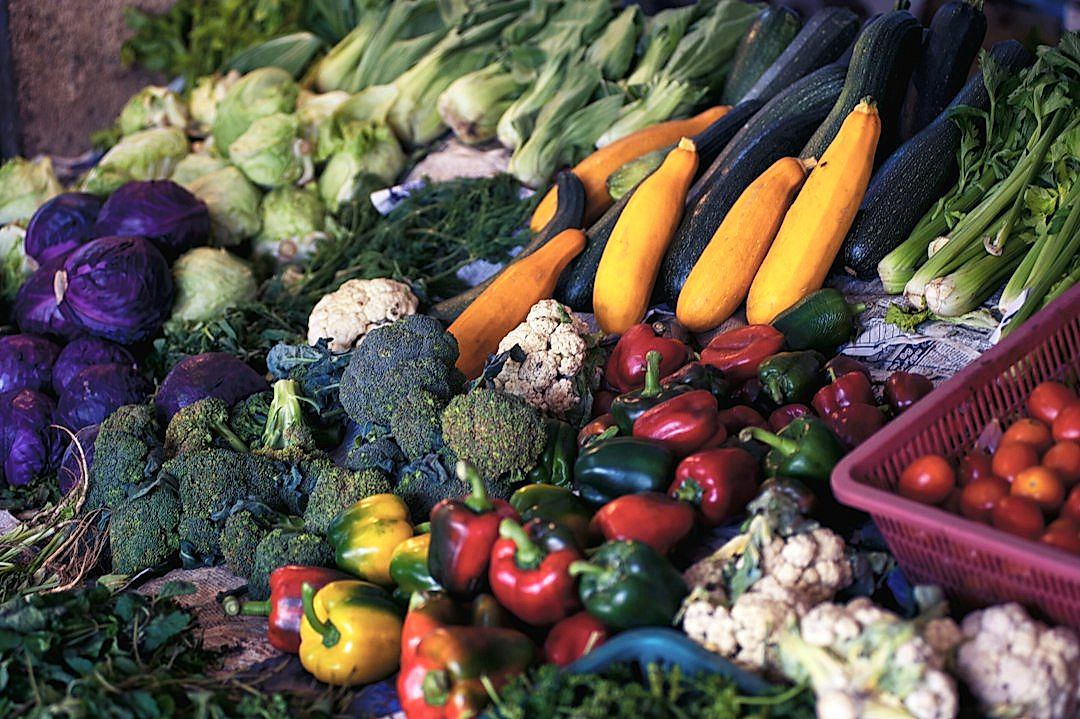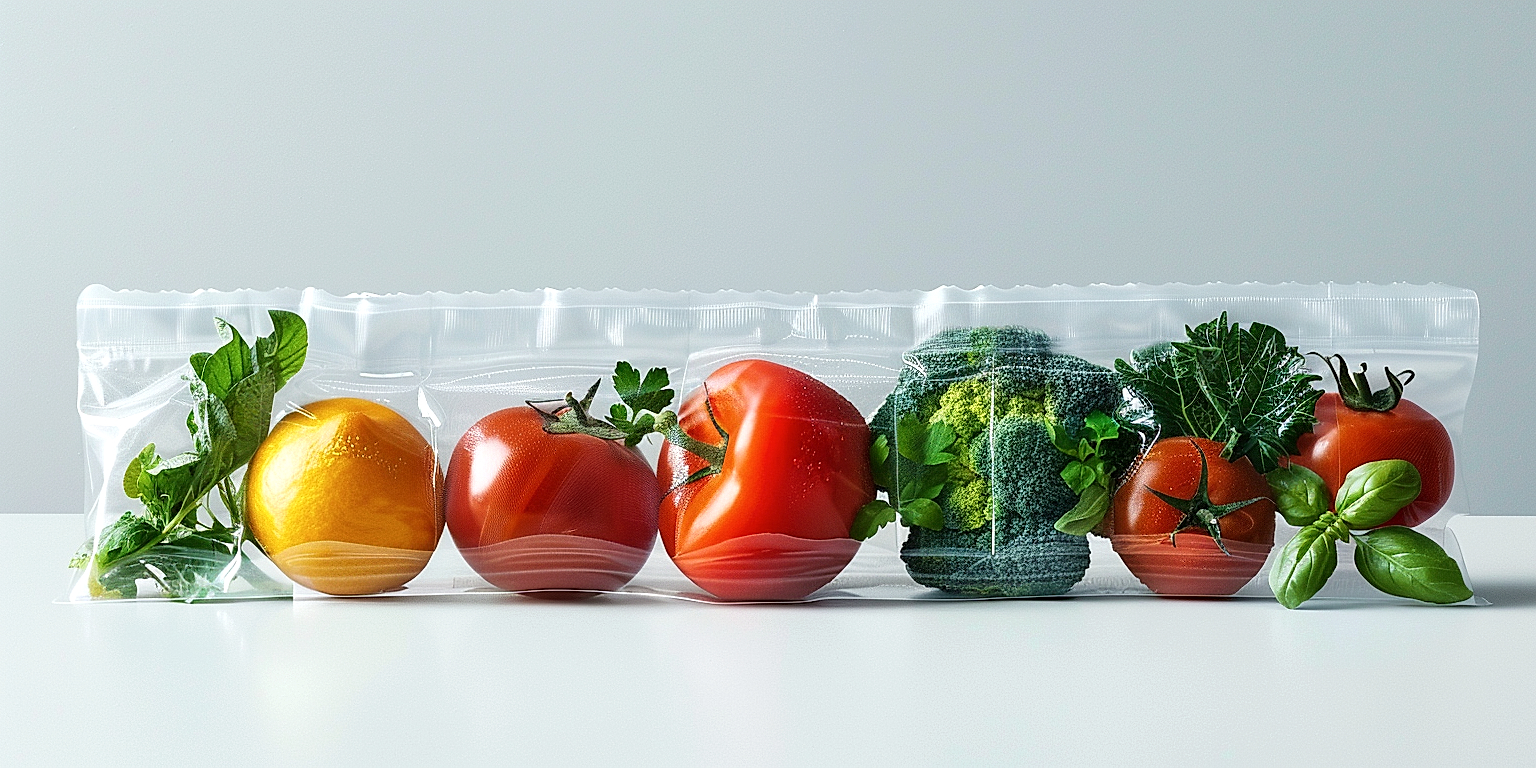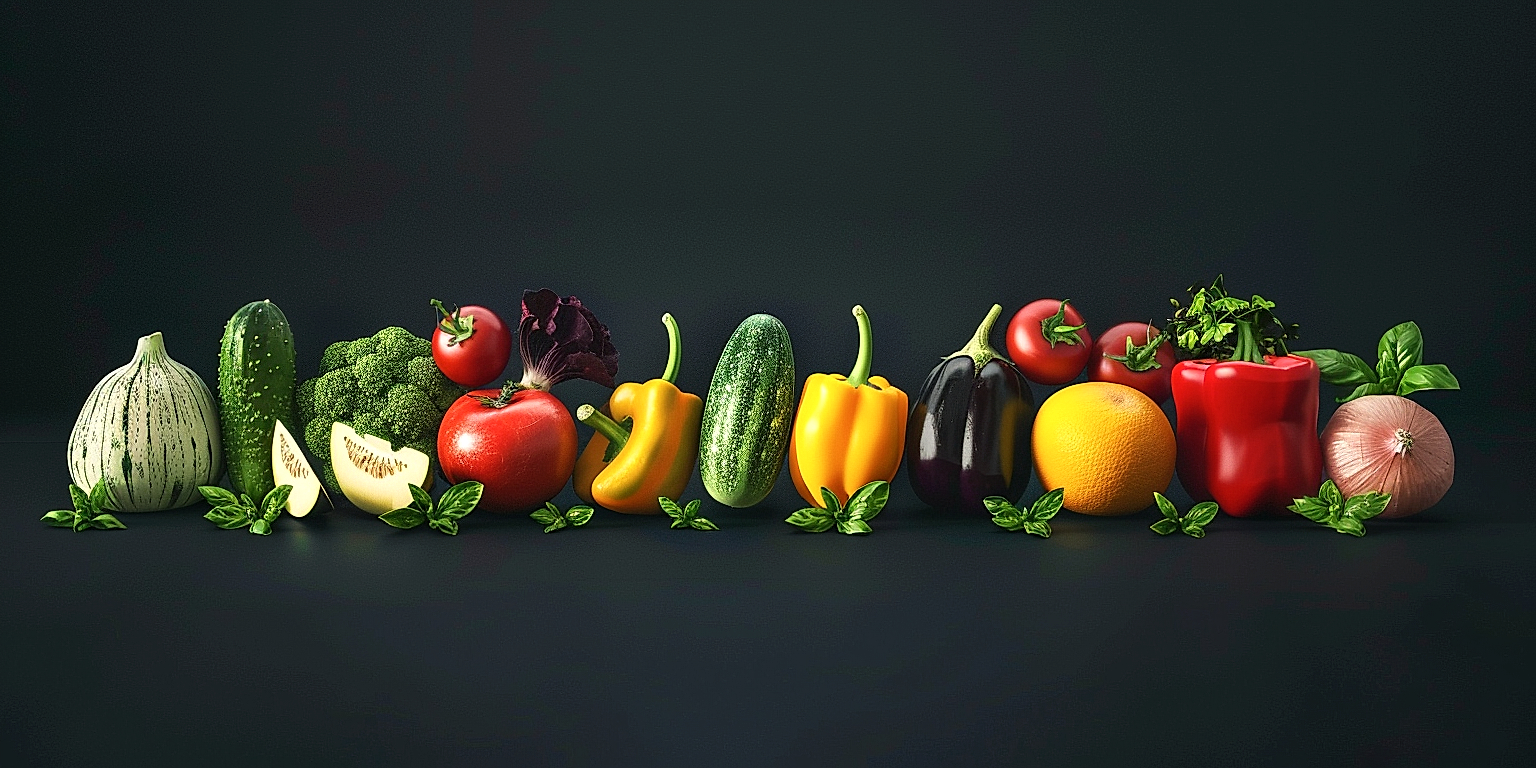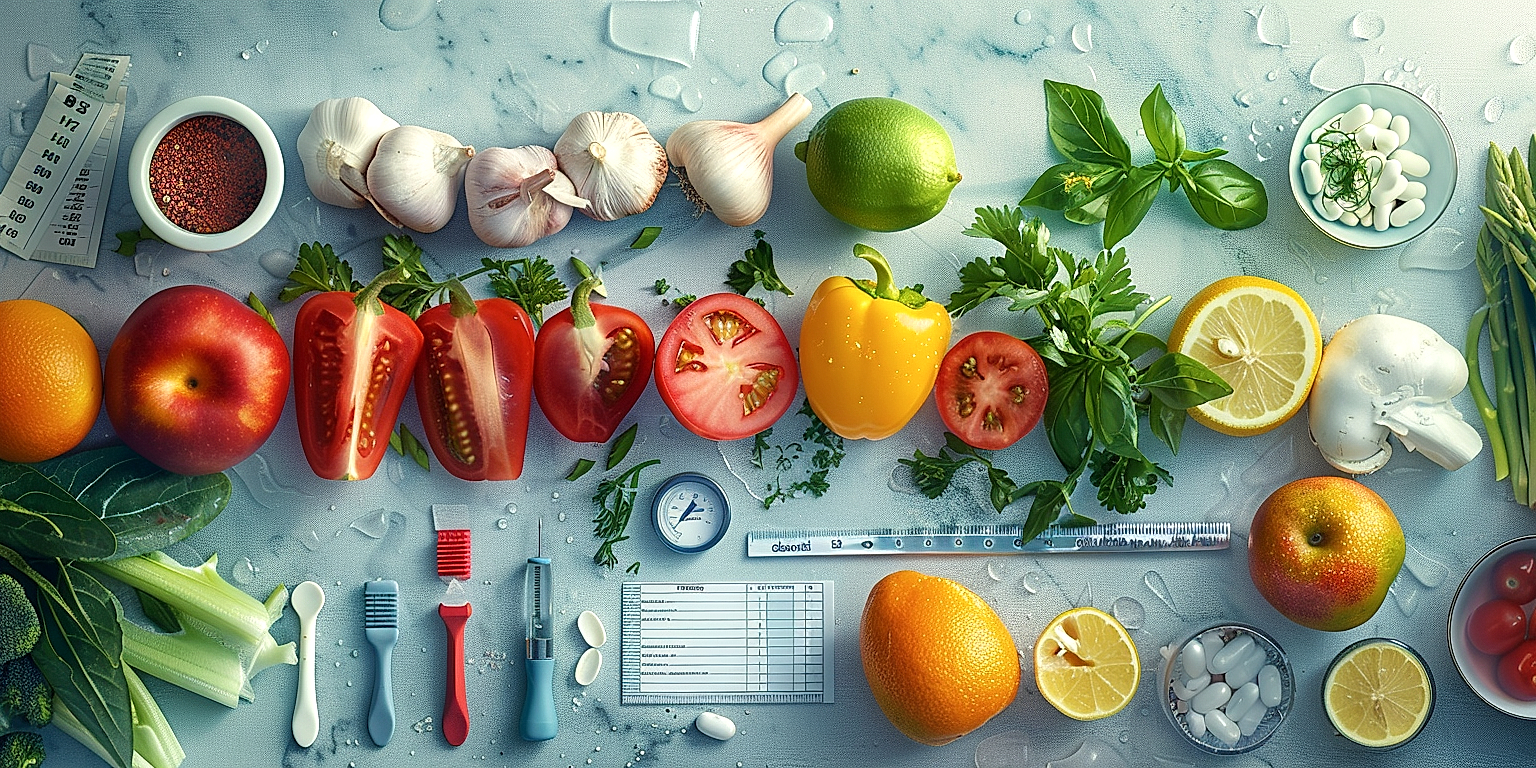Quality control plays a pivotal role in maintaining customer satisfaction in the retail industry.
In the quest to deliver premium quality produce to consumers, retail businesses are constantly seeking effective strategies for assessment.
The use of modern and efficient tools can substantially streamline the process, ensuring a higher level of quality standardization.
This not only escalates customer trust and loyalty but also results in higher profitability.
This article will delve into the different tools and technologies currently available for quality assessment in produce retail.
We will shed light on how they function, their benefits, and how they can be employed optimally.
Tools For Quality Assessment In Produce Retail
1. Brix Meter for Sugar Content Measurement
The Brix meter is an essential tool used in the quality assessment of produce, specifically when determining the sugar content of fruits and vegetables.
This measurement tool can indicate the sweetness level of a certain produce.
Designed using the principle of refraction, the brix meter is reliable and accurate in its measurements.
It’s named after the 19th-century German inventor Adolf Brix who developed this method for the sugar industry.
The importance of the Brix meter comes to light when considering the direct correlation between sugar content and the perceived sweetness and quality of fruits and vegetables.
Consumers generally prefer fruits with a higher sugar content because they are sweeter and tastier.
Hence, growers and retailers alike strive to measure and control the sugar content in their produce.
Without tools like the Brix meter, they would lack an objective method to assess this aspect of fruit quality.
The device works by analysing the reflection of light in a fruit or vegetable juice sample.
If the light refracts at a larger angle, it indicates a higher sugar content.
The reading on the meter is not direct sugar content but, it gives an equivalent brix value that can be converted to sugar percentage.
The Brix meter is easy to handle and can be used in-field, processing plant or retail store.
Despite the simplicity of its design and operation, the Brix meter is highly accurate in its readings.
Furthermore, it can be used on a wide variety of fruits and vegetables, making it a versatile tool for quality assessment in produce retail.
Lastly, the use of a Brix meter during harvesting can prevent premature picking, ensuring each fruit or vegetable has reached its potential in sugars before it’s sold.
Therefore, using a Brix meter for sugar content measurement aids in maintaining consistency of produce sweetness, ultimately leading to overall improved customer satisfaction in produce retail.
2. Refractometer for assessing fruit ripiness
The refractometer has a vital role in determining fruit ripeness, especially in a retail environment.
It is primarily a tool used to measure the sugar content present in the fruit, which in turn indicates its ripeness.
The higher the sugar content, the riper the fruit is, hence the refractometer helps in ensuring that the fruits in the retail store are at the optimal level of maturity.
Using a refractometer, the retailer can make sure that the fruits they are selling are neither too ripe nor too unripe, maintaining a balance between quality and taste for the consumers.
The refractometer works by determining the refractive index of the fruit’s juice, which is directly proportional to the sugar content in the fruit.
This refractive index is nothing but the fruit juice’s capacity to bend light, which varies depending on the sugar concentration present.
The refractometer can be either a traditional analog one where the sugar content has to be read from a scale, or it can also be a digital one, which directly displays the sugar content of the fruit.
Though the analog refractometer is cheaper, the digital one is more easy to handle and gives more precise and accurate results.
It is important to remember that the measurements taken using the refractometer need to be corrected with the fruit’s temperature for the most accurate results.
The fruit samples for testing should ideally be collected from several fruit units, mixed well, and the average read value is considered the final brix result.
The refractometer not only helps in maintaining the quality and taste consistency of the fruits but also plays a significant role in management of supply chain and determination of right pricing.
Therefore, the refractometer becomes an indispensable tool in a produce retail environment.
It ensures that only quality fruits reaching the desired maturity are available in the market, increasing the customers’ trust in your establishment.
In essence, the refractometer is contributing to making sure that no customer leaves the fruit section of your retail store dissatisfied with the fruit’s taste or quality.
Thus, the refractometer is an essential tool for assessing fruit ripeness in the produce retail, playing a critical role in maintaining the quality and taste consistency of the fruits being sold.
3. Produce Scales for Weight Measurement
The use of produce scales is a crucial part in the quality assessment process in produce retail.
These tools help in determining the weight of the produce, which can offer valuable information about the quality and value of the products.
For example, the weight of a fruit or vegetable can indicate its freshness and maturity level.
Ambiguities in weights can lead to undefined margins, therefore accuracy of these scales is of utmost importance.
Produce scales come in various types, from manual to electronic, and they have varying features depending on the specific needs of the produce retailing operation.
In the rapidly evolving retail environment, newer produce scale models also offer features such as barcode printing and integration with point of sale (POS) systems.
These features help in streamlining operations and improving efficiency, which can save time and reduce errors in food retailing.
In terms of size, the compactness of a scale can be key in environments where space is a concern.
Additionally, for businesses that process a large volume of produce, heavy duty scales will be indispensable.
Regular calibration to confirm the accuracy of the scales is a critical aspect of weight measurement.
The quality and reliability of produce scales directly impact the credibility of the retail business.
As a result, investing in sturdy, reliable scales can increase customer trust and ensure fair trading.
On a similar note, it’s also crucial to adhere to local weights and measures regulations which vary from region to region.
This compliance can prevent the business from falling into potential legal pitfalls.
In summary, produce scales are essential tools for quality assessment in produce retail, serving not just as weighing tools, but also as indicators of retail integrity and business efficiency.
4. Color Graders for Color Consistency
To ensure the highest quality of produce, one crucial tool is a color grader.
Also known as optical sorters, these devices offer quick and accurate assessment of color consistency in fruits, vegetables, and other produce.
In essence, these machines analyze the hues and tones of produce, ensuring they fit within acceptable quality standards.
When fresh produce arrives at a supermarket or retail outlet, they often undergo a thorough check for quality and uniform coloring is a key indicator of that.
For instance, in the case of apples, a color grader can determine if the fruit has the right balance of green and red hues, indicating a good mix of sweetness and tartness.
With a color grader, retailers can effectively manage large volumes of produce and maintain strict quality controls.
These specialized machines are capable of handling hundreds of pieces of fruit per minute, making them a staple for large-scale retails.
Besides, color graders don’t just offer reliable results, they also offer consistency, allowing retailers to maintain standards across batches of produce.
On the machine level, the use of machine learning and artificial intelligence in modern color graders have taken precision to a new level.
Their capacity to accurately assess the color consistency of produce helps in preventing product loss by reducing human error.
Most importantly, color graders help maintain the quality of produce that consumers expect, ensuring a robust customer experience.
While initial costs of machine purchase might be higher, the benefits of reducing wastage and ensuring customer satisfaction amply justify the investment.
In essence, their ability to assess color consistency is crucial not just for quality control, but also for determining how desirable a product may be for customers
Thus, in the context of the retail environment, the role of color graders in maintaining consistent quality and satisfying consumer expectations cannot be overstated.
As a tool for quality assessment in produce retail, a color grader is undoubtedly integral to the process.
5. Size Grading Machines for Uniformity
One of the most overlooked yet critical tools in the produce retail industry is the size grading machine.
This technology, specifically crafted for fruit and vegetable merchandising, ensures that consumers are given uniformly-sized produce, contributing to the overall aesthetic appeal of their purchase.
Uniformity in size is a tricky aspect for grocers to manage and can significantly impact the customers’ perception of the establishment.
This is why the size grading machine is such a valuable tool in the management and control of product consistency.
Without such a device, the task of examining and grading each and every piece of produce individually would be incredibly time-consuming and allow for human error.
For example, a consumer who purchases a bag of apples would not appreciate finding that half the bag contains large apples while the other half is filled with smaller ones.
Size grading machines eliminate such inconsistencies, automating the sorting process and offering an elevated level of precision that cannot be matched by the human hand.
These machines use a combination of sensors, cameras, and computerized systems to measure the size of the produce and sort them into appropriate categories.
Furthermore, the machinery can be tailored to specific produce, accommodating the unique dimensions and shapes of various fruits and vegetables.
It’s also worth noting that size grading machines play a significant role in waste reduction.
By correctly classifying produce according to their sizes, these machines ensure that no edible product is wasted just because it doesn’t fit into a preconceived size category.
Not only does this reduce food wastage, but it also helps retailers maximize their returns through efficient inventory management.
The implementation of size grading machines in retail can also lead to the optimization of packaging processes, making them more efficient and cost-effective.
So, in a world where we are constantly seeking ways to improve efficiency, reduce waste, and enhance customer satisfaction – size grading machines provide an invaluable solution in the produce retail industry.
Despite being often overlooked, it’s clear that the incorporation of these specialized machines is integral to providing customers with a satisfactory purchasing experience.
At the end of the day, investing in a size grading machine for your produce retail business isn’t just about committing to uniformity – it’s about valuing consumer satisfaction, quality control, and efficient business operations.
6. Pressure Tester for Firmness Evaluation
A pressure tester is an essential tool for the quality assessment in produce retail.
It is primarily used to evaluate the firmness of fresh produce.
Firmness evaluation is an essential aspect in monitoring and maintaining quality assurance in the retail of produce.
Indeed, the pressure tester serves as a quantitative measurement of the firmness or hardness of various produce types and it is a key indicator of quality, maturity, and freshness.
Firmness testing is particularly relevant to fruits and vegetables that have a delicate balance between being ripe enough for eating and being overripe, such as peaches, avocados, and tomatoes.
Fruit firmness is a crucial determinant of consumer satisfaction, and it holds significance in post-harvest handling procedures.
The tool functions by exerting a certain amount of pressure onto the surface of the produce.
It measures the resistance met within a specific force applied against the produce.
Through this process, a quantifiable firmness value is achieved, serving as an objective measure of the produce’s ripeness.
Furthermore, this tool can help prevent the wastage of produce by accurately establishing its ripeness and thereby facilitating proper storage and procurement procedures.
Moreover, while employing a pressure tester, the correct standard operating procedures should be strictly followed to ensure accurate results.
Proper calibration and maintenance of the pressure tester are necessary to avoid discrepancies in readings.
It is prudent to consult the manufacturer’s manual for the correct usage and maintenance procedures for the specific model of the pressure tester.
The data obtained from the pressure test can be stored and used for various analysis and quality control purposes.
By understanding and utilizing the data properly, the retail chains can ascertain a significant improvement in their displays of produce, leading to increased customer satisfaction.
7. Visual inspection for physical defects
The process of visual inspection acts as a crucial final step in evaluating the quality of produce.
It provides a holistic judgement about fruit’s overall appearance and potential gross defects that may not be detected by other tools.
These defects could include disease infestations, physical damage, abnormal shape, or inconsistent coloring.
Visual inspection does not rely on specific technology, but on the trained eye of the produce handler to classify the quality of the product.
This approach relies on the experience and skills of the handler or inspector in recognizing signs of decay, mold, and other defects.
Despite being a traditional method, visual inspection is mentioned in many fruit quality standard regulations.
It remains relevant in quality assessment due to its effectiveness at minimizing poor-quality produce reaching consumers.
By eliminating bad quality fruits and vegetables, customer satisfaction is increased and product returns reduced.
Importantly, visual assessment also allows for spatial representation of fruits and vegetables.
Using their judgement, an inspector can decide on the ideal arrangement of produce on display based on visual cues.
Consequently, a visually-pleasing product display can actually boost sales and product attractiveness.
However, visual inspection has its limitations, particularly when it comes to consistency of quality judgement.
Data gathered from visual inspection can be somewhat subjective and variable, depending on the individual inspector’s experience and understanding of quality standards.
A few produce retailers have integrated visual inspection with computer vision systems to bring consistency and speed to the inspection process.
Such technology use has also shown potential in identifying internal quality features that are not readily visible to the naked eye.
Thus, visual inspection, while long-standing in tradition, continues to evolve and adapt with emerging technological innovations.
In essence, visual inspection remains an essential tool for produce handlers and retailers in maintaining quality standards, customer satisfaction and profitability.
The Bottom Line
Considering the above points, assessing the quality of fruits involves a multifaceted approach.
Tools such as the Brix meter, refractometer, and pressure tester offer scientifically accurate measures of sugar content, ripeness, and firmness, respectively.
Additionally, the use of produce scales, color graders, and size grading machines ensure weight accuracy, color consistency, and uniform size and shape.
Ultimately, even with all these technological aids, human expertise is indispensable for identifying physical defects not easily captured by machines.
Thus, a blend of specialized equipment and personnel expertise ensures comprehensiveness and accuracy in fruit quality assessment.




